The 6 Best Tips to Prevent Mould
Published on Jun 2, 2022
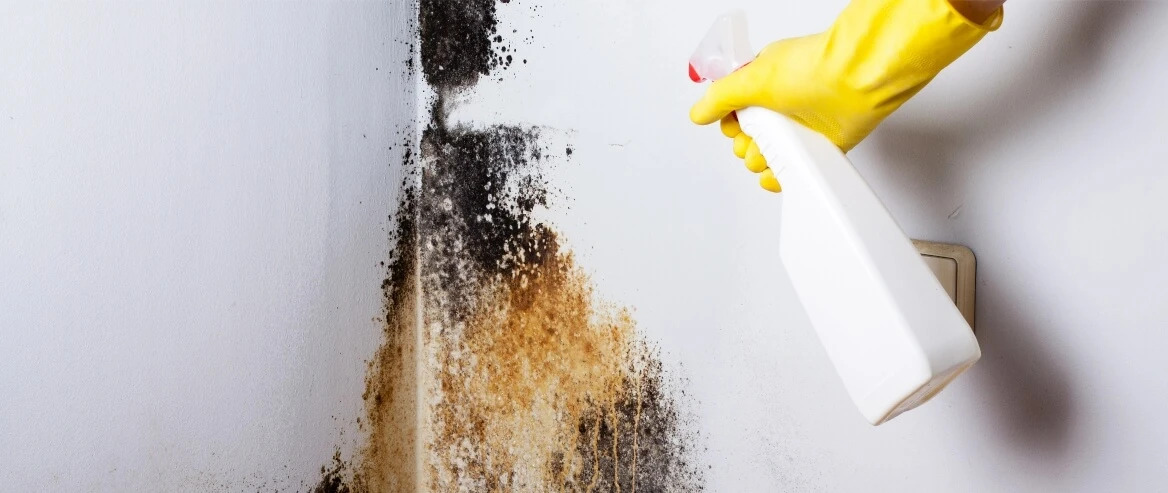
Winter has arrived and with it comes damp homes, closed windows and hot showers.
These conditions create the perfect storm for mould to thrive.
So how can you prevent the mould monster from taking over your home?
Why does mould occur?
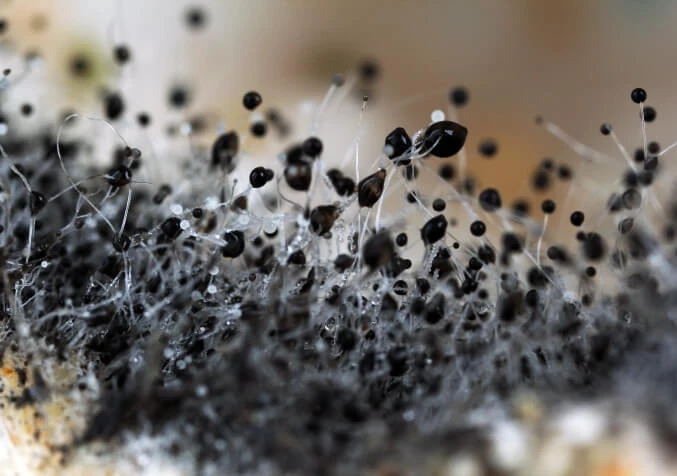
In order to grow, mould needs moisture, still air, warmth and an absence of UV light, as well as a food source. It thrives in warm, moist environments, such as your bathroom or laundry.
Mould is a living organism that lives and feeds on organic material like carpet backing or wood. You will only see mould when it has been there long enough to grow and has grown big enough to be seen by the naked eye.
Unfortunately, if you have visible mould in your home, there will be more that you cannot see.
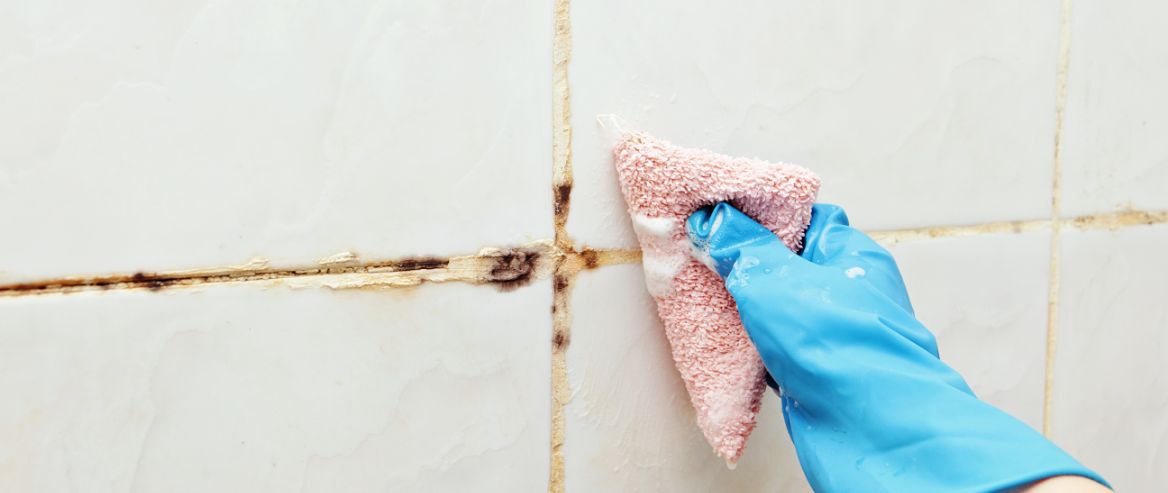
RECOMMENDED READING
The Ultimate Guide to Preventing and Removing Mould in Your HomeHow To Prevent Mould in 6 Steps
These are a few mould-preventative measures based on the the following facts. Mould needs moisture to grow, or an environment where the relative humidity is constantly above 50%. UV light will kill most types of mould.
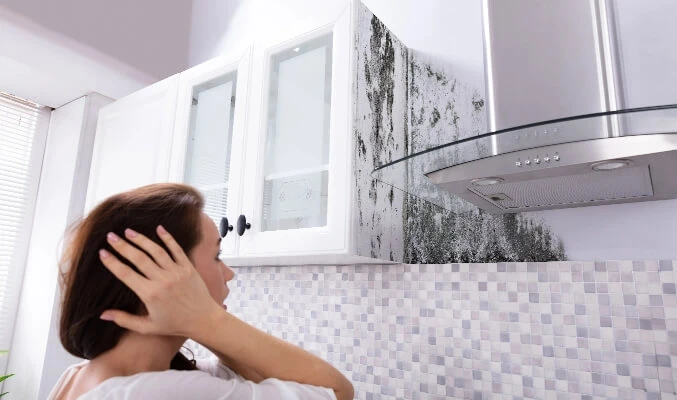
1. Keep your bathroom fans clean
Our technicians often come across clogged exhaust fans while treating mould in clients’ homes. An inefficient exhaust fan makes your bathroom prone to mould growth.
2. Minimise moisture
When you finish your bath or shower, leave the exhaust fan running for 15 minutes or so. This gives it enough time to properly clear the steam from the room. Less condensation equals less moisture, giving mould less chance to grow.
3. Ventilate, ventilate, ventilate
Letting fresh air circulate throughout your home will do wonders for preventing mould from spreading. Fresh air reduces humidity in your home, which is one of the key elements that mould needs to grow.
4. Use DampRid
In areas such as closets, mould growth can occur due to the lack of ventilation. We recommend purchasing a container of Damp-Rid or two. At just $7 each, they’re an affordable way to keep humidity levels in check.
5. Invest in a dehumidifier
Dehumidifiers usually cost between $300 and $1000. So, while a little costly at the outset, a dehumidifier could mean you avoid having to pay for mould treatment in the future.
A dehumidifier works to continually reduce relative humidity – this is important because the higher your relative humidity levels, the higher the chance of mould growth.
6. Consult an expert
Consult a tradesperson, such as a plumber, roofer or building inspector. If you’ve discovered mould that keeps returning despite your cleaning efforts, there may be a leak on the premises. Unfortunately, your mould is going to keep returning until that leak is resolved.
How should you clean mould?
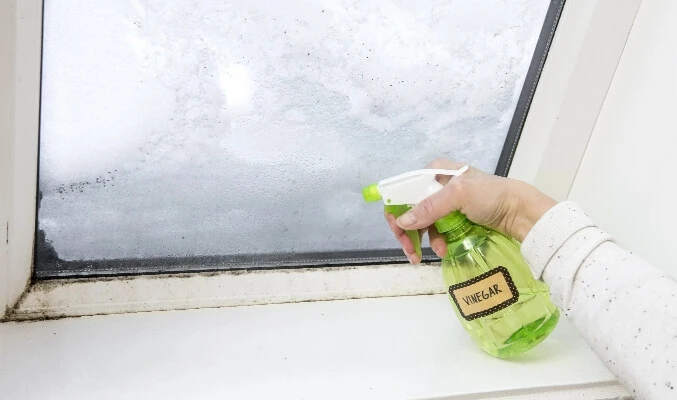
The simplest option for cleaning mould is white vinegar. Vinegar is a mild acid, and unlike bleach, it is actually effective against mould.
"The vinegar attacks the fungi mechanically, so it actually, via osmosis, penetrates into the structure and explodes it, so you actually kill the fungi."
Vinegar gets to the source of the mould, and actually kills the spores living in the walls, rather than just hiding it like bleach does.

We also recommend Tea tree oil because it has antimicrobial properties, making it an excellent mould-buster. Adding tea tree oil to vinegar in a spray bottle makes for an impressive mould-killing spray. For a 500ml spray bottle, you need about 30 drops of tea tree oil (15 drops per 250ml).
For a mild infestation, spray the above concoction onto the mould, saturating it completely. Let it soak for 15 minutes before wiping the area clean with water. Check out this eco-friendly mould cleaning solution recipe that can help you rid your bathroom of mould.
When to Call The Professionals
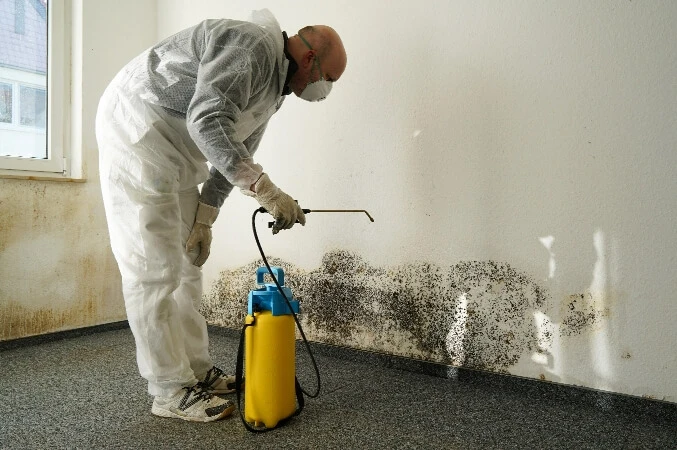
If the mould has gotten out of hand, call the professionals. Larger mould infestations are harder to treat, as the mould has likely penetrated into building materials and the mould spores will have started to travel around your home, allowing the mould to re-colonise.
Electrodry Mould Cleaning effectively treats mould without the need for re-painting and is guaranteed to keep the mould at bay for at least 12 months*.


